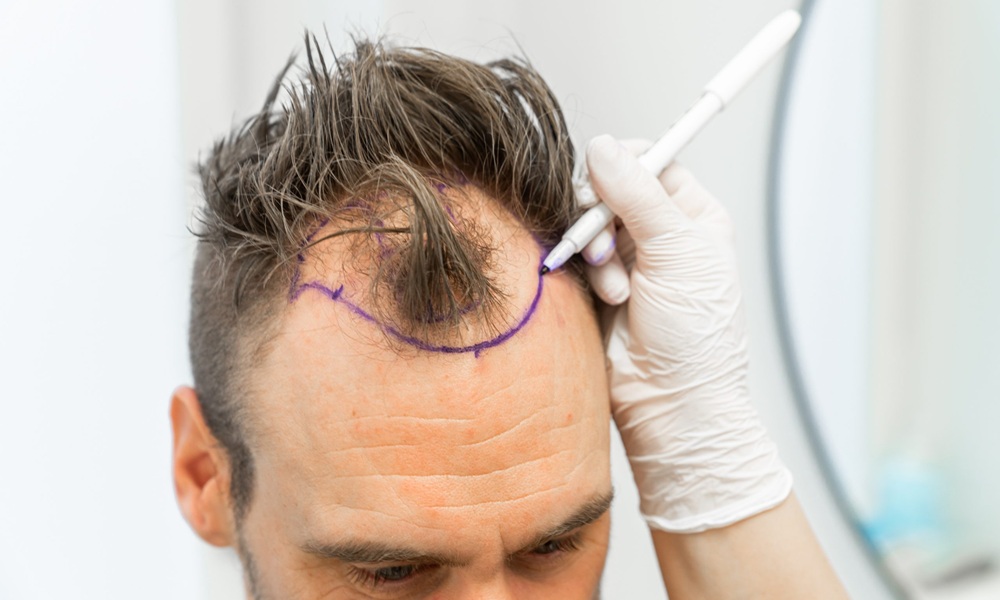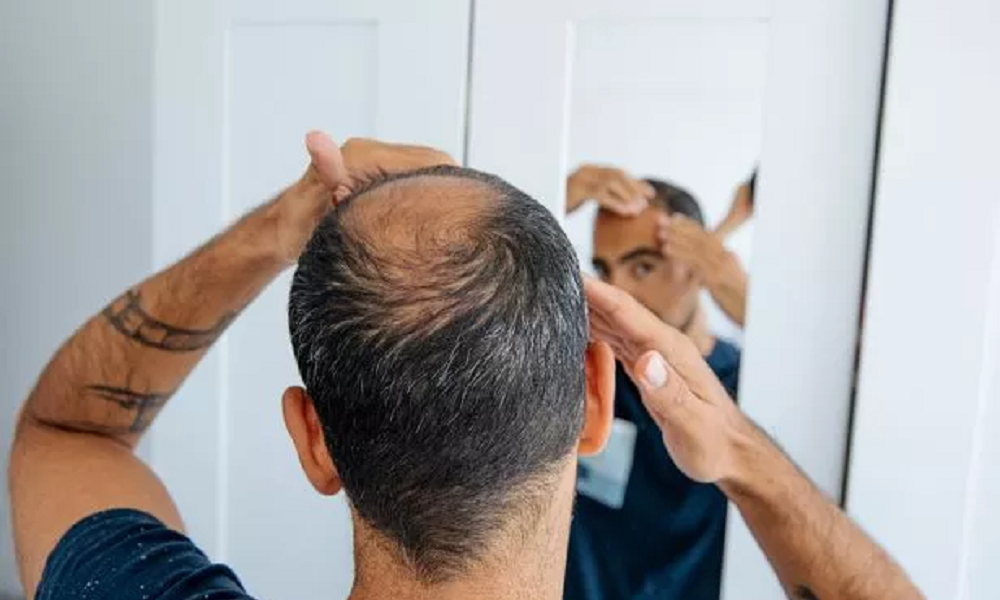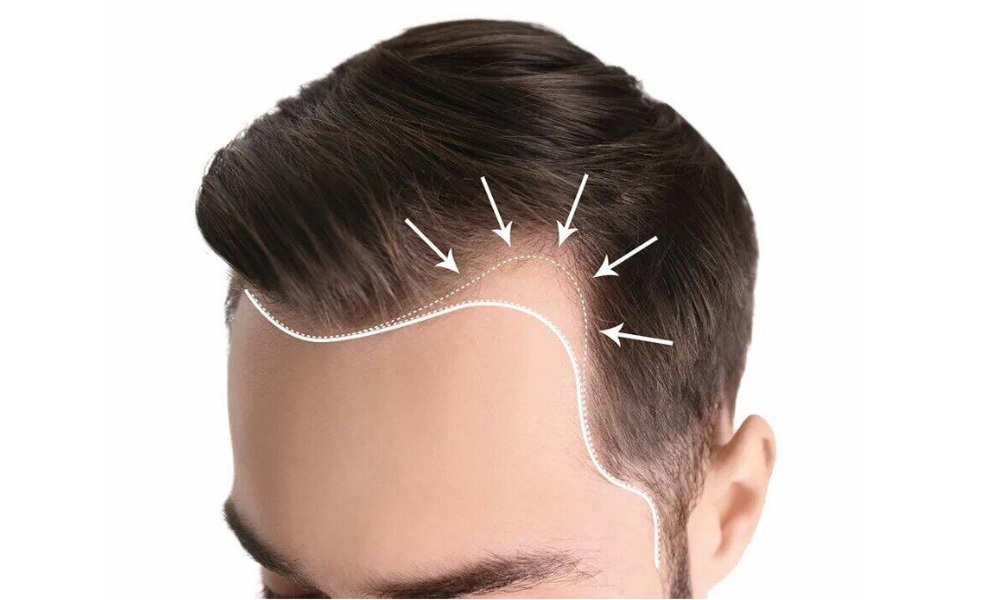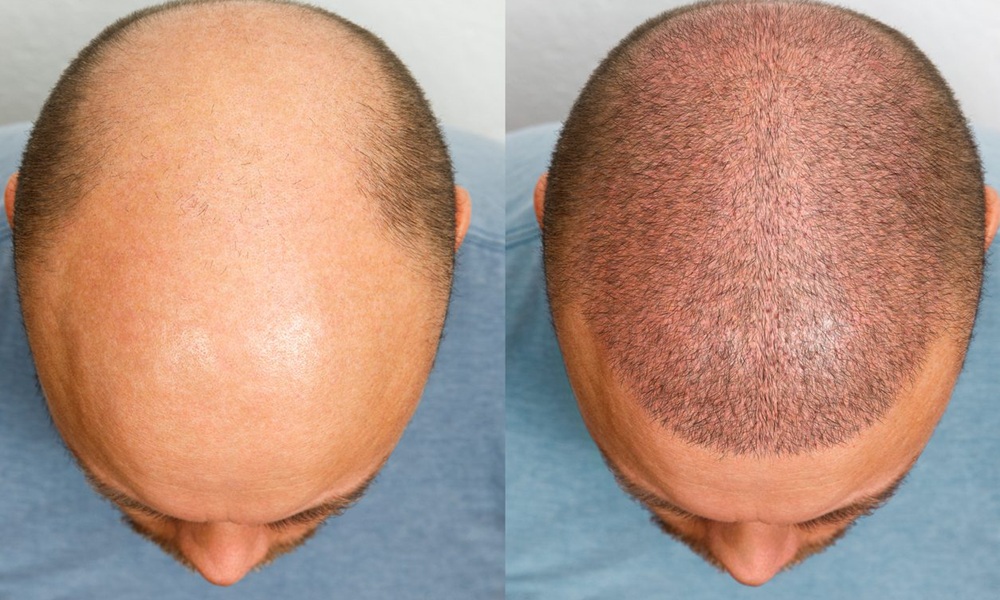A hair transplant is one of the most effective and reliable solutions for restoring natural hair growth. However, your satisfaction with the results depends on several important factors before and after the procedure. If you are looking for the best hair transplant in Islamabad, understanding how to maximize your outcomes can help you feel confident, prepared, and excited about your transformation. Here are the key steps to ensure you achieve the results you truly want.
1. Choose the Right Clinic and Surgeon
The first and most important factor is selecting a qualified and experienced surgeon. When searching for the best hair transplant in Islamabad, look for:
- A team with certified and experienced hair restoration specialists
- Modern techniques such as FUE, FUT, or DHI
- A clean, hygienic, and technologically advanced clinic
- Before-and-after photos of real patients
- Honest consultations without overpromises
A skilled surgeon ensures natural hairline design, correct graft placement, and long-lasting results.
2. Have Realistic Expectations
Even with the best technique, results take time. You should understand that:
- Shedding of implanted hairs in the first few weeks is normal.
- New growth usually begins around the 3rd to 4th month.
- Full results appear after 10–14 months.
Setting realistic expectations ensures satisfaction and reduces unnecessary stress. A good clinic offering the hair transplant in Islamabad will always guide you honestly and transparently.
3. Follow Pre-Procedure Instructions
Your result greatly depends on how well you prepare your scalp and body before surgery. Some common guidelines include:
- Avoiding blood-thinning medicines (as advised by your surgeon)
- Not smoking or drinking for at least a week before the procedure
- Keeping your scalp clean and infection-free
- Following any prescribed supplements or care routines
Proper preparation helps improve graft survival and accelerates healing.
4. Follow Post-Transplant Care Strictly
Post-op care is crucial for successful hair growth. To get the most out of your hair transplant:
- Avoid touching, scratching, or rubbing the grafts
- Sleep with your head elevated for a few days
- Use only recommended shampoos
- Avoid heavy exercise, sweating, and direct sunlight for 1–2 weeks
- Take prescribed medicines regularly
Following these steps improves the overall success rate and helps you see better results.
5. Stay Patient Throughout the Healing Process
Hair growth takes time. You may feel impatient or anxious during the early months, especially when shedding occurs. But this is temporary. The implanted follicles are entering a natural growth cycle and will start producing healthy, permanent hair. Patience is essential to feeling satisfied with your journey.
6. Maintain a Healthy Lifestyle
Your hair reflects your health. To support new hair growth:
- Eat a balanced diet rich in protein, iron, and vitamins
- Stay hydrated
- Reduce stress through exercise or meditation
- Avoid smoking
A healthy body promotes stronger, thicker hair regrowth after your transplant.
7. Choose Advanced Techniques
Advanced methods like FUE and DHI offer more natural-looking results with minimal scarring. Many clinics providing the best hair transplant in Islamabad specialize in these modern procedures, ensuring high graft survival rates and aesthetically pleasing outcomes.
8. Communicate Clearly With Your Surgeon
Tell your surgeon your goals, preferred hairline design, and concerns. Open communication ensures that the treatment plan matches your expectations, leading to better satisfaction.
Final Thoughts
Getting satisfied with your hair transplant results is a combination of choosing the right surgeon, following proper care routines, and maintaining patience throughout the process. If you want long-lasting, natural, and confident results, always choose the best hair transplant in Islamabad where experienced professionals deliver personalized care and advanced treatments. With the right clinic and proper aftercare, you can enjoy a fuller head of hair and a renewed sense of confidence.





